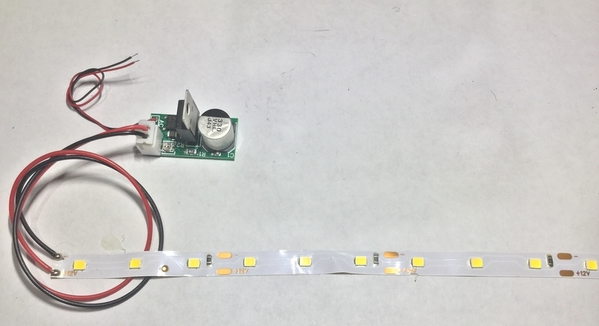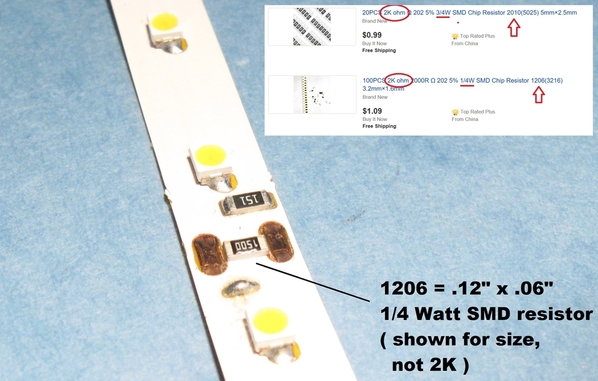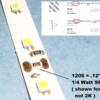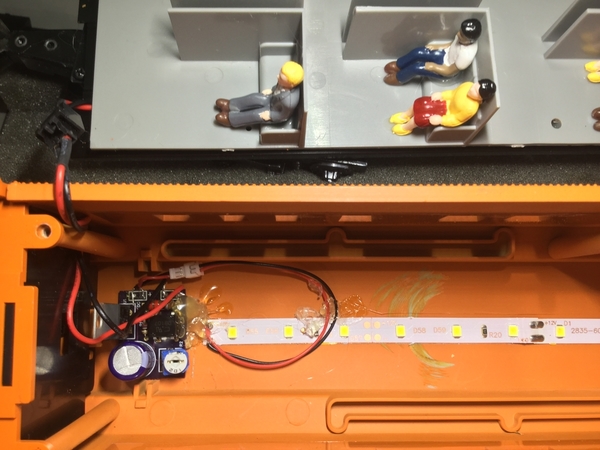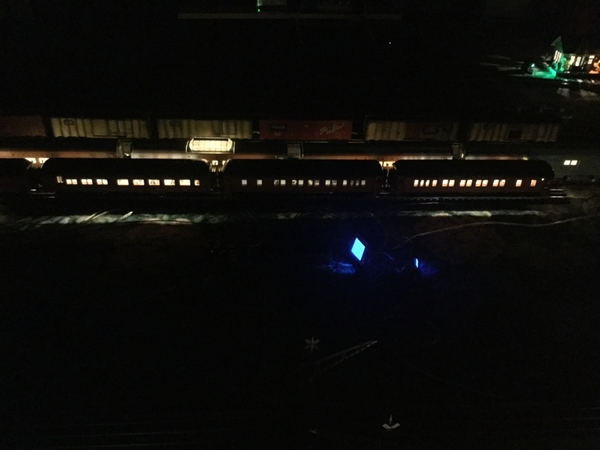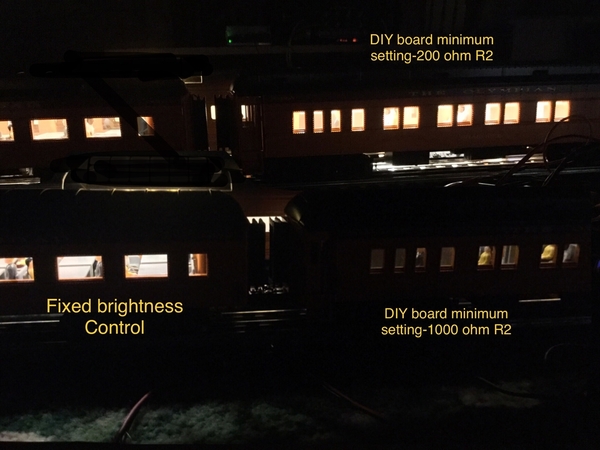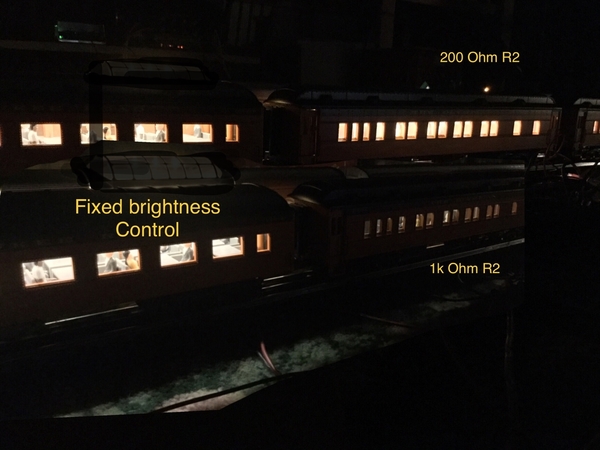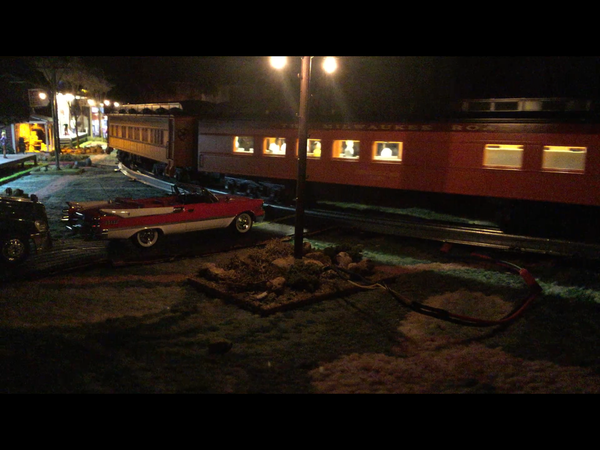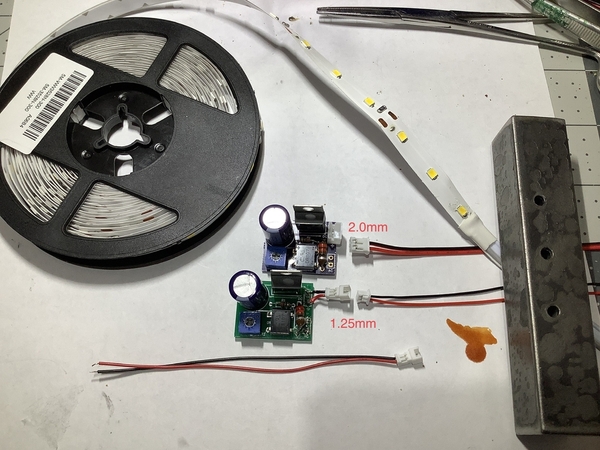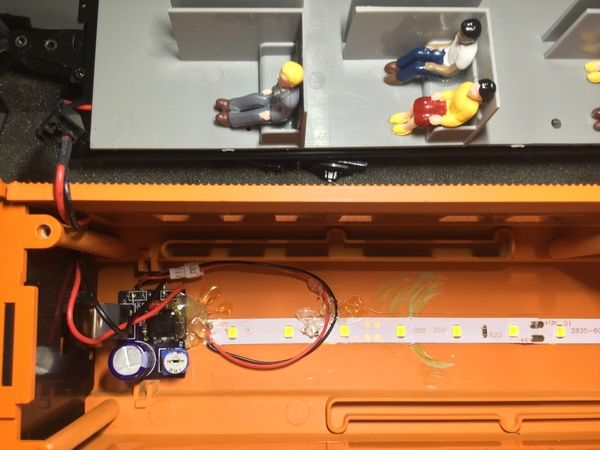Here is a link to the board on OSH Park.
https://oshpark.com/shared_projects/Ah9bQ5RM
This is just a quick BOM.
This first section contains the actual parts I ordered from Digi-Key.
Digi-Key Part Number
Manufacturer Part Number
Manufacturer
Description
DF005M-ND
DF005M
ON Semiconductor
BRIDGE RECT 1PHASE 50V 1.5A 4DIP
LM317TGOS-ND
LM317TG
ON Semiconductor
IC REG LIN POS ADJ 1.5A TO220AB
P5168-ND
ECA-1VM471
Panasonic Electronic Components
CAP ALUM 470UF 20% 35V RADIAL
490-4808-1-ND
PTGL07BB220N0B52A0
Murata Electronics
PTC RESET FUSE 250V 130MA RADIAL
277-1722-ND
1984620
Phoenix Contact
TERM BLK 3POS SIDE ENT 3.5MM PCB
277-1721-ND
1984617
Phoenix Contact
TERM BLK 2POS SIDE ENT 3.5MM PCB
This section contains Digi-Key parts comparable to items I purchased from other sources, primarily Amazon.
Digi-Key Part Number
S27QCT-ND
Manufacturer
Stackpole Electronics Inc
Manufacturer Part Number
CFM14JT27R0
Description
RES 27 OHM 1/4W 5% CF MINI
Digi-Key Part Number
3296W-201LF-ND
Manufacturer
Bourns Inc.
Manufacturer Part Number
3296W-1-201LF
Description
TRIMMER 200 OHM 0.5W PC PIN TOP
Although there is a place for it on the PCB, I did not install the DCS choke (L1 on the PCB). I believe an appropriate part number is listed somewhere in this multipage thread.
***ETA*** If I researched this correctly, here is an appropriate part for the DCS choke.
Digi-Key Part Number
535-14428-1-ND
Manufacturer
Abracon LLC
Manufacturer Part Number
AICC-02-220K-T (5K/REEL)
Description
FIXED IND 22UH 285MA 1.35 OHM TH
Hope this helps.
![]()




